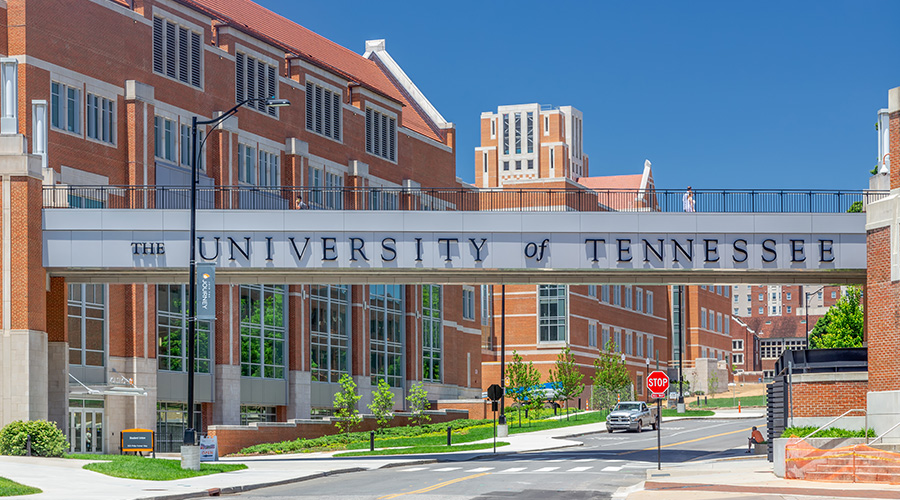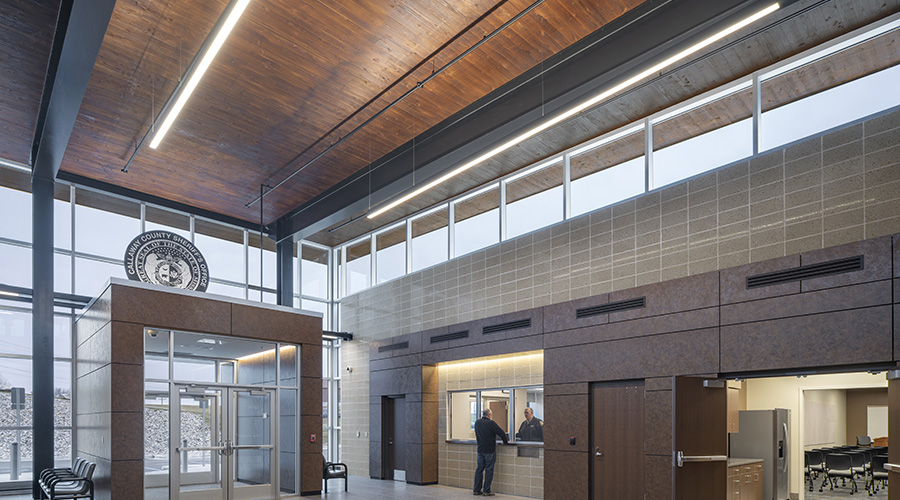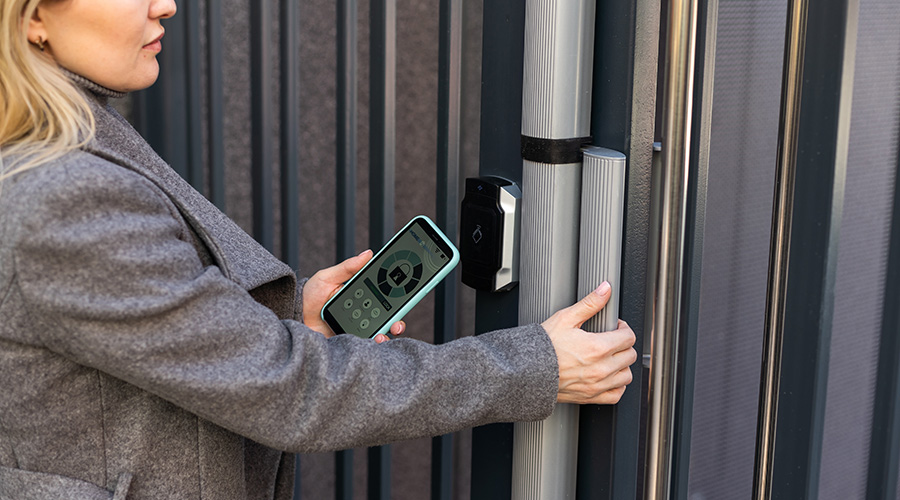Hospitals Weigh Access Control And Intrusion Detection
Healthcare facilities also use access control, intrusion detection, and video analytics for safety and security. All of these tools have pros and cons.
Access control, says Lakeland's LaRose, is a fundamental to protecting assets. Every institution has made significant investments in people and property, so it's crucial to identify threats, such as an individual getting unauthorized access to an area or missing equipment, he says. Given the freedom nurses, doctors, and staff need to do their jobs, it's important to be able to control who has access to areas around the facility, LaRose says.
Ideally, electronic access control would replace all mechanical locks and keys, not only because it allows security personnel to restrict where people are allowed, but also because it's easier to deactivate a card than rekey a lock, Freidenfelds says.
"You lose a key and you lose the security there," he says. "Very few people will rekey that lock. But if you lose the access control card, we'll deactivate the cards but the security remains."
Intrusion detection, including alarms and motion detectors, are helpful in signaling when someone has entered a prohibited area, but facility managers worry that too many false alarms will lead staffs to ignore them.
Video analytics aren't used extensively in healthcare facilities for a variety of reasons, ranging from price to quality to ease of use. The technology, says Sako, requires "much hand holding and tweaking."
No matter which technology facility managers choose, they'll need to continue to balance the appropriate level of technology with patient and staff convenience. That balance, LaRose says, requires having all stakeholders — facility managers, patient-care advocates, risk-management employees, and security staff — at the table early in the decision-making process.
Desiree Hanford, a contributing editor, is a freelance writer and a former assistant editor of Building Operating Management.
Well-Trained Staff Is Key To Realizing Benefits Of Technology
It's not technology alone that has made healthcare facilities more safe and secure. As the technology has improved over time, it has also become more complex, and that's why having an educated, well-trained staff is key to realizing its benefits, says Marilyn Hollier, director of hospitals and health centers security at the University of Michigan Division of Public Safety and Security.
"You can have all the technology you want, but it's the people behind that who also make a difference," she says. "You have to have talented staff to program the products." |
Related Topics:













